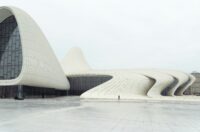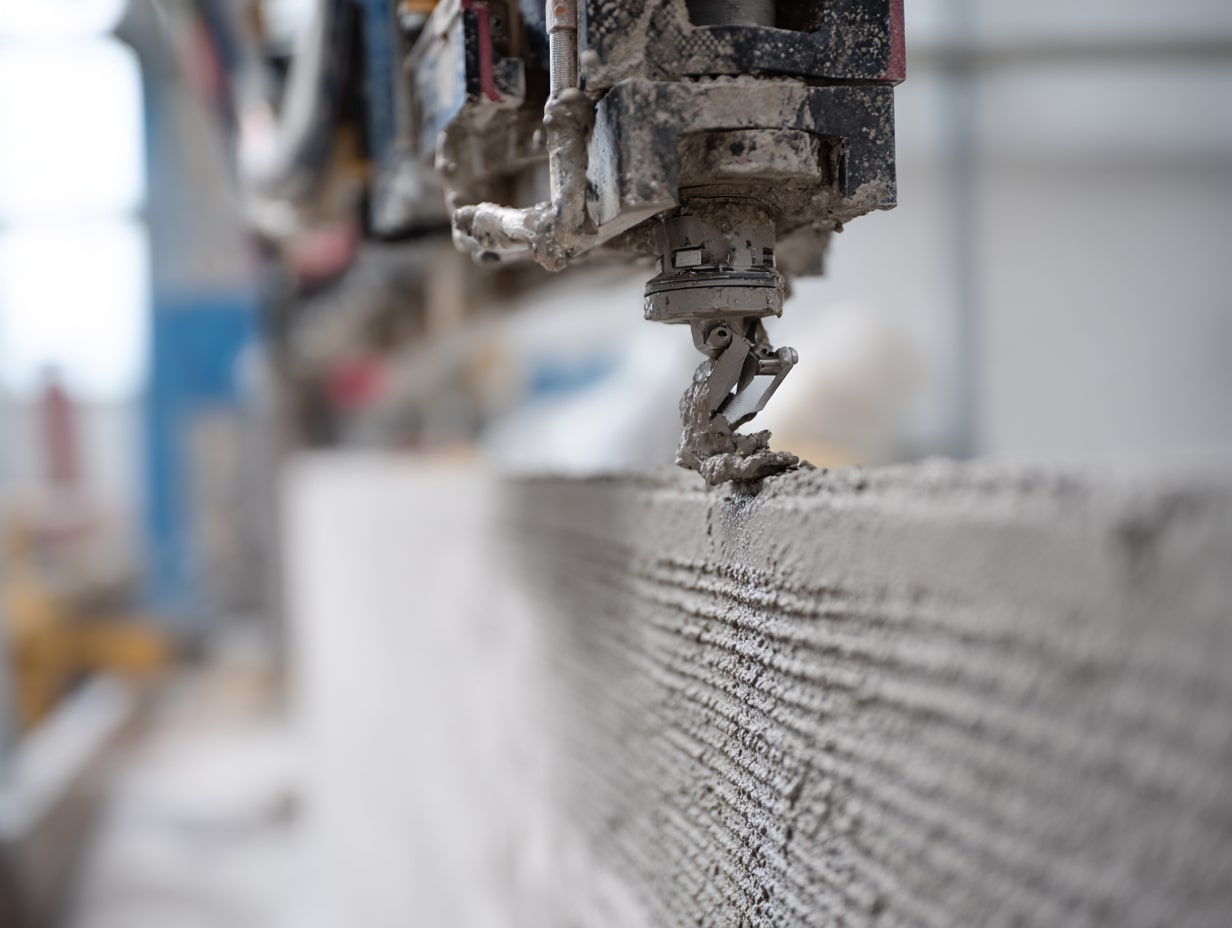- Home
- Articles
- Architectural Portfolio
- Architectral Presentation
- Inspirational Stories
- Architecture News
- Visualization
- BIM Industry
- Facade Design
- Parametric Design
- Career
- Landscape Architecture
- Construction
- Artificial Intelligence
- Sketching
- Design Softwares
- Diagrams
- Writing
- Architectural Tips
- Sustainability
- Courses
- Concept
- Technology
- History & Heritage
- Future of Architecture
- Guides & How-To
- Art & Culture
- Projects
- Interior Design
- Competitions
- Jobs
- Store
- Tools
- More
- Home
- Articles
- Architectural Portfolio
- Architectral Presentation
- Inspirational Stories
- Architecture News
- Visualization
- BIM Industry
- Facade Design
- Parametric Design
- Career
- Landscape Architecture
- Construction
- Artificial Intelligence
- Sketching
- Design Softwares
- Diagrams
- Writing
- Architectural Tips
- Sustainability
- Courses
- Concept
- Technology
- History & Heritage
- Future of Architecture
- Guides & How-To
- Art & Culture
- Projects
- Interior Design
- Competitions
- Jobs
- Store
- Tools
- More
Transform Your Life: The Power of Healing Architectural Spaces for Well-Being
Discover the transformative power of healing architectural spaces in our latest article. Explore how thoughtful design, featuring natural light, greenery, and open layouts, can enhance mental and emotional well-being. From ancient practices to modern biophilic principles, learn how these spaces reduce stress, promote recovery, and foster creativity.

In a world where stress and chaos often dominate our lives, the spaces we inhabit can significantly impact our well-being. Healing architectural spaces blend design with purpose, creating environments that nurture our mental and emotional health. These thoughtfully crafted spaces invite us to pause, reflect, and rejuvenate.
As we explore the concept of healing architecture, we’ll uncover how elements like natural light, greenery, and open layouts contribute to our overall sense of peace. By understanding the principles behind these designs, we can transform our surroundings into sanctuaries that support healing and promote harmony. Join us on this journey to discover how architecture can be a powerful tool for enhancing our quality of life.

Table of Contents
ToggleUnderstanding Healing Architectural Spaces
Healing architectural spaces focus on design elements that enhance mental and emotional well-being. By integrating natural elements and thoughtful layouts, these spaces create environments conducive to healing.

Definition and Importance
Healing architectural spaces refer to environments designed to improve well-being and promote health. Such spaces utilize elements like natural light, fresh air, and greenery to reduce stress and enhance overall quality of life. Research shows that exposure to nature and well-organized layouts can lower anxiety levels, boost mood, and even facilitate recovery in healthcare settings. These designs prioritize user experience, providing calm and restorative environments that support mental clarity and emotional balance.
Historical Context
The history of healing architecture traces back to ancient civilizations that recognized the power of environment in health. Greek and Roman cultures often integrated open spaces and gardens within public health facilities, believing that landscape and light contribute to healing. In the late 19th century, the advent of the garden city movement further emphasized the importance of green spaces in urban planning. Modern trends, informed by research in environmental psychology, continue to suggest that thoughtful design shapes human experiences and behaviors, reinforcing the need for integrative approaches in architecture today.
Key Elements of Healing Architectural Spaces
Healing architectural spaces incorporate several key elements that significantly enhance well-being and promote a peaceful environment.

Natural Light and Ventilation
Natural light and ventilation play crucial roles in healing architecture. We design spaces to maximize sunlight exposure through large windows and skylights, which improves mood and regulates circadian rhythms. Proper ventilation ensures fresh air circulation, reducing indoor pollutants and enhancing air quality. Studies show that access to natural light can increase productivity by up to 20%, while good ventilation contributes to decreased stress levels and improved overall health.
Use of Nature and Green Spaces
The use of nature and green spaces is essential in creating healing environments. Incorporating elements like gardens, water features, and green walls fosters a connection to the outdoors. Research indicates that integrating nature into our spaces can decrease anxiety by 30% and promote feelings of tranquility. We emphasize the inclusion of biophilic design principles, which promote natural elements, leading to increased physical and mental well-being.
Colors and Materials
Colors and materials significantly impact our emotions and experiences in architectural spaces. We utilize calming color palettes, such as soft blues, greens, and warm neutrals, to create a soothing atmosphere. The choice of materials also matters; we prefer natural materials like wood and stone, which evoke comfort and warmth. Studies suggest that these elements can improve stress recovery and enhance relaxation, making them vital considerations in healing architectural design.
Psychological Impacts of Healing Architectural Spaces
Healing architectural spaces significantly impact our psychological health. Thoughtfully designed environments can promote a sense of calm, enhance our mood, and support mental clarity.

Stress Reduction and Well-being
Healing architectural spaces actively reduce stress. Natural light and ventilation create inviting atmospheres that lower cortisol levels and promote relaxation. Incorporating elements like water features and greenery contributes to emotional balance. Studies show that environments featuring biophilic design lead to measurable reductions in anxiety and stress. Spaces designed with open layouts enhance social interaction, which fosters community support, further benefiting our psychological well-being.
Enhancing Creativity and Focus
Healing architectural spaces encourage creativity and focus. Well-designed environments stimulate cognitive functions by integrating natural elements. Ample natural light improves concentration and productivity. Flexible spaces that allow for movement and collaboration inspire innovative thinking. Research indicates that exposure to nature boosts both creative problem solving and divergent thinking. Design strategies that minimize clutter and distractions enhance our ability to focus, making healing architecture a powerful tool for creativity in our daily lives.
Case Studies of Successful Healing Architectural Spaces
Healing architectural spaces manifest across various projects, showcasing the integration of design principles that enhance well-being. We explore examples from healthcare facilities and residential projects that demonstrate the impact of thoughtful design on mental and emotional health.

Examples from Healthcare Facilities
Healthcare facilities increasingly implement healing architecture principles. The Mayo Clinic in Rochester, Minnesota, focuses on patient-centered design. It features large windows for abundant natural light and gardens that patients can access, promoting recovery through connection to nature. Another example, Cleveland Clinic, emphasizes open layouts that encourage social interaction among patients and families. These spaces reduce feelings of isolation and encourage collaboration, which can improve overall health outcomes.
Residential Projects
Residential projects also embody the principles of healing architecture. One notable example, the Near Zero Energy House in San Francisco, integrates biophilic design with natural materials, ample natural light, and indoor plants to create a calming environment. The layout promotes flow and connectivity among spaces, enhancing family interactions. In another project, the Green Home in Austin, Texas, incorporates energy-efficient systems and organic materials, supporting the mental well-being of its inhabitants. These housing designs prioritize tranquility and comfort while fostering a strong connection with the surrounding environment.
Through these case studies, we see the tangible effects of healing architectural principles in both healthcare and residential settings, underscoring their importance in enhancing well-being.
Future Trends in Healing Architectural Spaces
As we look ahead, healing architectural spaces are increasingly prioritizing sustainability and technology integration. These trends reflect a commitment to creating environments that enhance well-being while safeguarding our planet.

Sustainable Design Practices
Sustainable design practices significantly influence healing architectural spaces. Designers adopt strategies that minimize environmental impact while maximizing user health. Passive solar design optimizes natural light and reduces energy consumption, benefiting our mental well-being. The use of reclaimed materials fosters a connection to history, instilling a sense of place. Green roofs and living walls enhance air quality and promote biodiversity, creating micro-climates that support mental health. Research shows that sustainable materials, like bamboo and cork, contribute to indoor air quality and comfort, essential aspects of healing environments.
Integration of Technology
Integration of technology plays a crucial role in modern healing architectural spaces. Smart building technology allows for personalized environmental control, enhancing comfort. Automated lighting systems adjust intensity based on natural light, promoting circadian rhythms. Virtual reality applications facilitate therapeutic practices, immersing individuals in calming environments that aid stress relief. Data analytics enable continuous feedback, allowing us to adapt spaces to user needs effectively. Sustainability and technology together create responsive environments that support mental and emotional health, reinforcing the transformative power of healing architecture.
Conclusion
Healing architectural spaces play a vital role in enhancing our well-being. By integrating elements like natural light, greenery, and open layouts, we create environments that foster peace and rejuvenation. The influence of thoughtful design is evident through historical practices that recognize the connection between environment and health.
Key design principles include maximizing natural light and ventilation, incorporating green spaces, and selecting calming colors. These features boost mood, encourage relaxation, and support emotional balance. Moreover, the integration of biophilic design enhances our mental clarity and reduces stress levels.
Case studies from healthcare facilities and residential projects demonstrate the considerable impact of these design principles on well-being. Patient-centered designs not only support recovery but also foster social interaction. Similarly, residential spaces with biophilic elements create nurturing environments that promote family connections.
Emerging trends in healing architecture emphasize sustainability and technology. Sustainable practices, like passive solar design and reclaimed materials, minimize environmental impact while promoting user health. The integration of technology enhances comfort and mental wellness, ensuring these spaces remain supportive and responsive to our needs.
Overall, the principles of healing architecture significantly contribute to improved quality of life, making it essential to prioritize these designs in our environments.
- architecture and wellness
- architecture for healing
- architecture for mental health
- Biophilic Design
- calming spaces design
- Eco Friendly Architecture
- Green Architecture
- healing architectural spaces
- healing design
- healthcare architecture
- holistic architecture
- meditative spaces design
- mindful architecture
- natural light architecture
- restorative architecture
- stress-reducing architecture
- sustainable architecture
- therapeutic architecture
- wellness architecture
I create and manage digital content for architecture-focused platforms, specializing in blog writing, short-form video editing, visual content production, and social media coordination. With a strong background in project and team management, I bring structure and creativity to every stage of content production. My skills in marketing, visual design, and strategic planning enable me to deliver impactful, brand-aligned results.
3 Comments
Submit your architectural projects
Follow these steps for submission your project. Submission FormLatest Posts
3D Printed Homes: Time, Cost, and What to Expect
3D printed homes explained: realistic timelines (24–72h walls, 8–16 weeks total), true...
How a Contact Centre Boosts Trust in Your Building Business
In construction, trust is the glue that holds projects together. Clients need...
How Real Time Parcel Geolocation Is Redefining Last Mile Efficiency for Modern Businesses
Last mile delivery has become the most critical point in the customer...
How Can Small Spaces Stay Stylish and Relaxing?
In today’s fast-paced urban lifestyle, small living spaces are becoming increasingly common....












Perfect for storage, reliable.
Durable and reliable!
naturally like your web site however you need to take a look at the spelling on several of your posts.